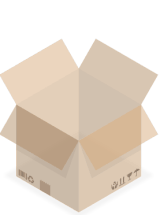Custom Printed Cardboard Boxes – Picking the Perfect Print
A great way to make your business stand out, whether it’s on store shelves or in the mail, is with custom printed packaging such as printed tape, printed mailing bags, and printed boxes. When it comes to printing on cardboard boxes, there are a range of options to choose from, depending on your design, budget, and order quantity. Here at UKPackaging, we offer three choices; flexographic, digital, and lithographic printing, but what is the difference?
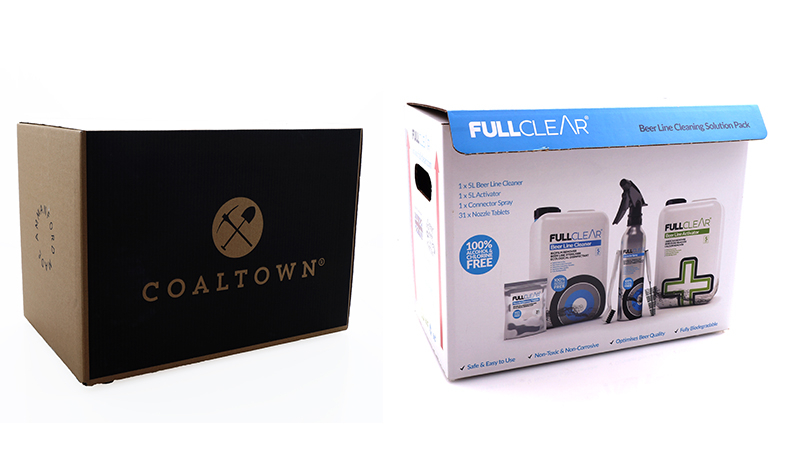
A great way to make your business stand out, whether it’s on store shelves or in the mail, is with custom printed packaging such as printed tape, printed mailing bags, and printed boxes. When it comes to printing on cardboard boxes, there are a range of options to choose from, depending on your design, budget, and order quantity. Here at UKPackaging, we offer three choices; flexographic, digital, and lithographic printing, but what is the difference?
Flexographic Printing
The flexographic printing (flexo) process operates in a similar way to a letter press wherein a custom-made printing plate is attached to a rotating cylinder. This then allows the raised plate to collect ink and deposit it onto the chosen material – in this case, cardboard – to form the chosen design. This form of printing uses a quick drying water-based ink which can be applied to a wide range of surfaces, and which settles into the cardboard. This form of printing is very common worldwide due to its quick printing speed and relative low cost. There are, however, a series of limitations related to flexo printing.
Due to the print process, flexo printing is only suitable for simpler styles of print, and most printers will only print up to 2 colours, this is due to the risk of print registration errors wherein the printing plates are not perfectly aligned. In the flexo printing process, it is often advised that the printing plates can be potentially offset by around 2mm, leaving a greater margin of error for boxes with multiple colours or carefully aligned designs. One of the benefits of flexographic printing is that, after the initial cost of the printing plates, further orders have a much lower cost per box than any other printing method, and for high volume simple printing, flexo is likely the way to go. Following the initial plate set up, flexographic printing has a much faster production time, with turnaround times averaging around 7-10 working days. The effect of a simple one or two colour design can also create a more striking visual effect, and are a particular favourite for eco-friendly start-ups. Despite the limitations of flexographic printing, it can be used to create stunning designs such as the reverse printing on these 0427 postal boxes that we produced for Grimlord Games, or this five panel print for Coaltown Coffee.
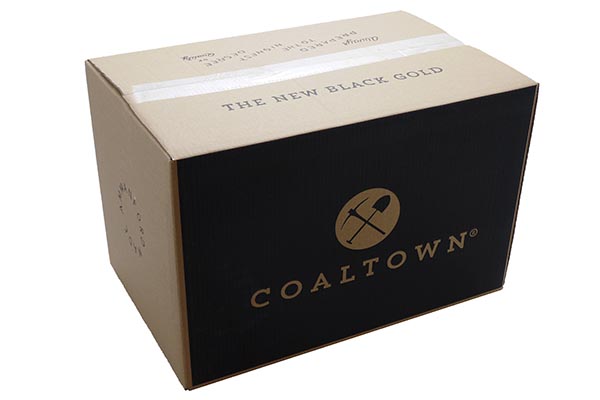
Digital Printing
Digital printing very much operates as it sounds, with the chosen design being digitally printed directly onto the box. This style of printing allows a greater level of freedom with regards to colour and style, with the printer itself printing in CMYK. Digital Printing is not as common as flexographic and lithographic due to the time consuming nature of the printing process, this therefore makes this best for shorter print runs (under 100), with the price increasing as the order quantity does. Another disadvantage that applies to both digital printing, and to flexo printing, is that printing directly onto the cardboard often makes colours appear less vibrant as they sink into the material. A great example of the print finish can be seen in this 0201 style box that we produced for nutsystems.co.uk. Digital printing is a great choice for more intricate and colourful designs with low order quantities.
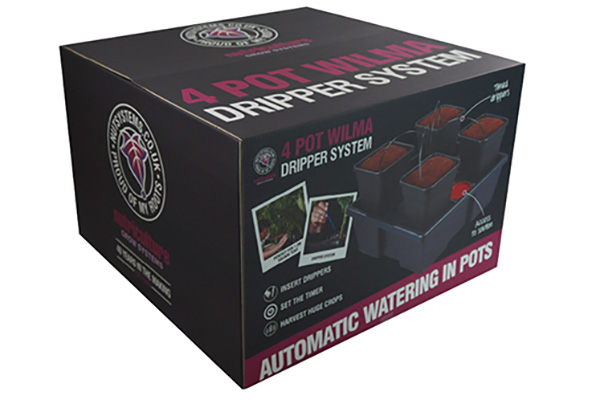
Lithographic Printing
The process of lithographic printing (litho) is longer than that of flexo and digital, with the image first being printed onto a top liner paper which is then laminated onto the chosen substrate – cardboard. The initial printing onto the liner paper uses a lithograph with a positive and negative printing plate, one of which absorbs water, and the other which absorbs the oil paint. Rollers then lift the ink from the plate and transfer it to the printing paper. This is then laminated onto the cardboard.
Due to the cost of print plates and overall production, lithographic printing often has a higher minimum order quantity (most MOQ’s for litho printing are around 500) and overall cost, but it offers the highest quality print. The printing process also uses full colour print, this enables the printers to colour match to any desired coloured, and means that specific Pantone colours can be used. By printing onto a liner paper, the image comes out much more vibrant in comparison to flexo and digital printing, and the lamination provides a smooth and shiny finish. Therefore, for a more colourful and detailed design, lithographic printing tends to be the preferred choice. An excellent example of our lithographic printing is this 0215 style die cut box that we created for Full Clear.
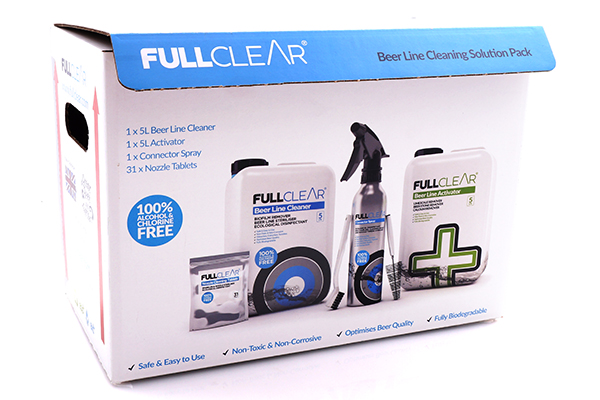
Our advice for those looking for custom printed boxes?
- For simple designs - flexo printing is a cost effective option, especially for returning customers.
- For a more intricate design and sleeker finish, litho offers a higher quality final product.
- For low order quantities but in depth, colourful designs, digital printing is the best choice.
Check out our custom printed boxes via our Printed Boxes Gallery, or check out our Customer Showcase selections on social media;
